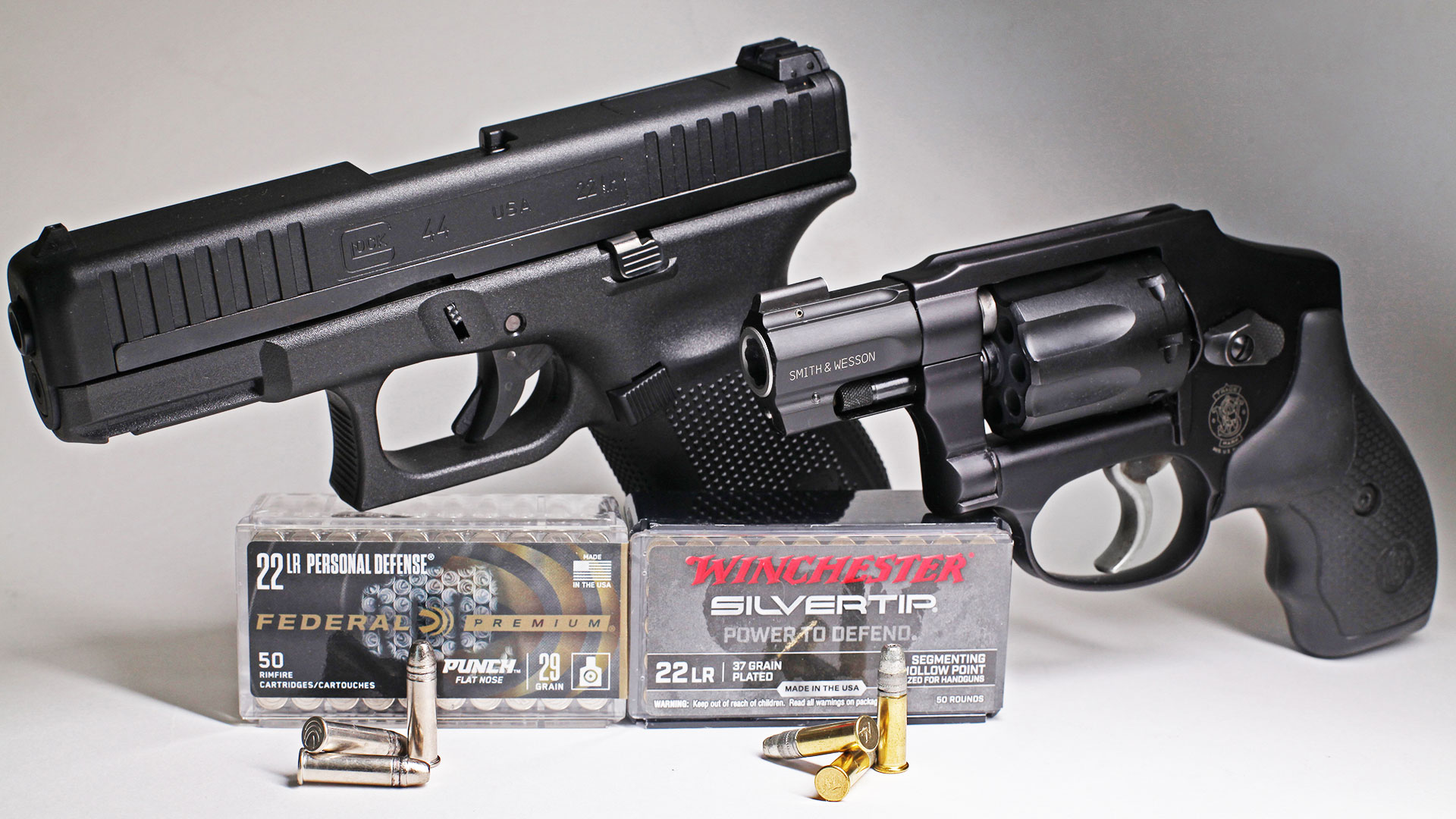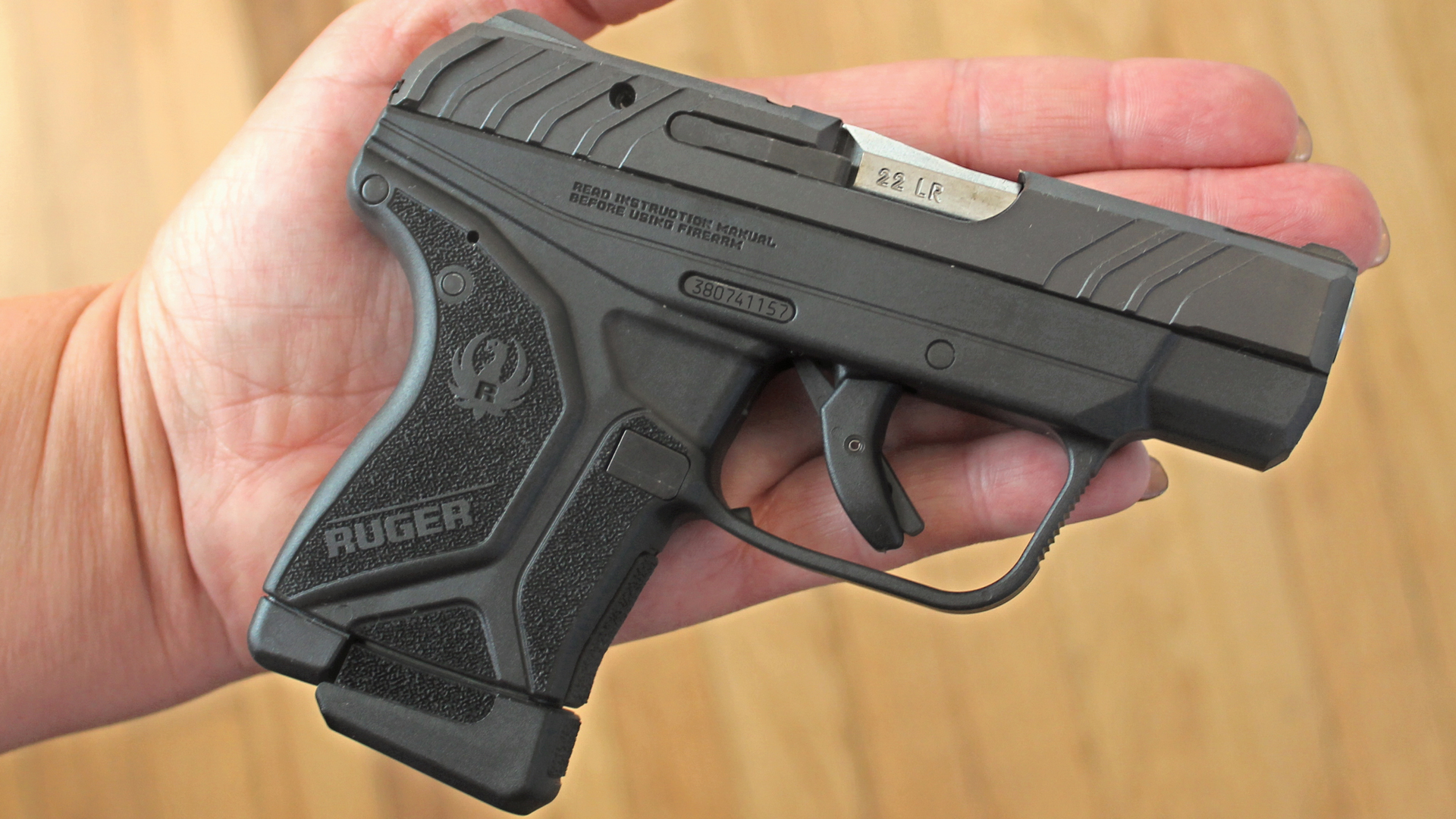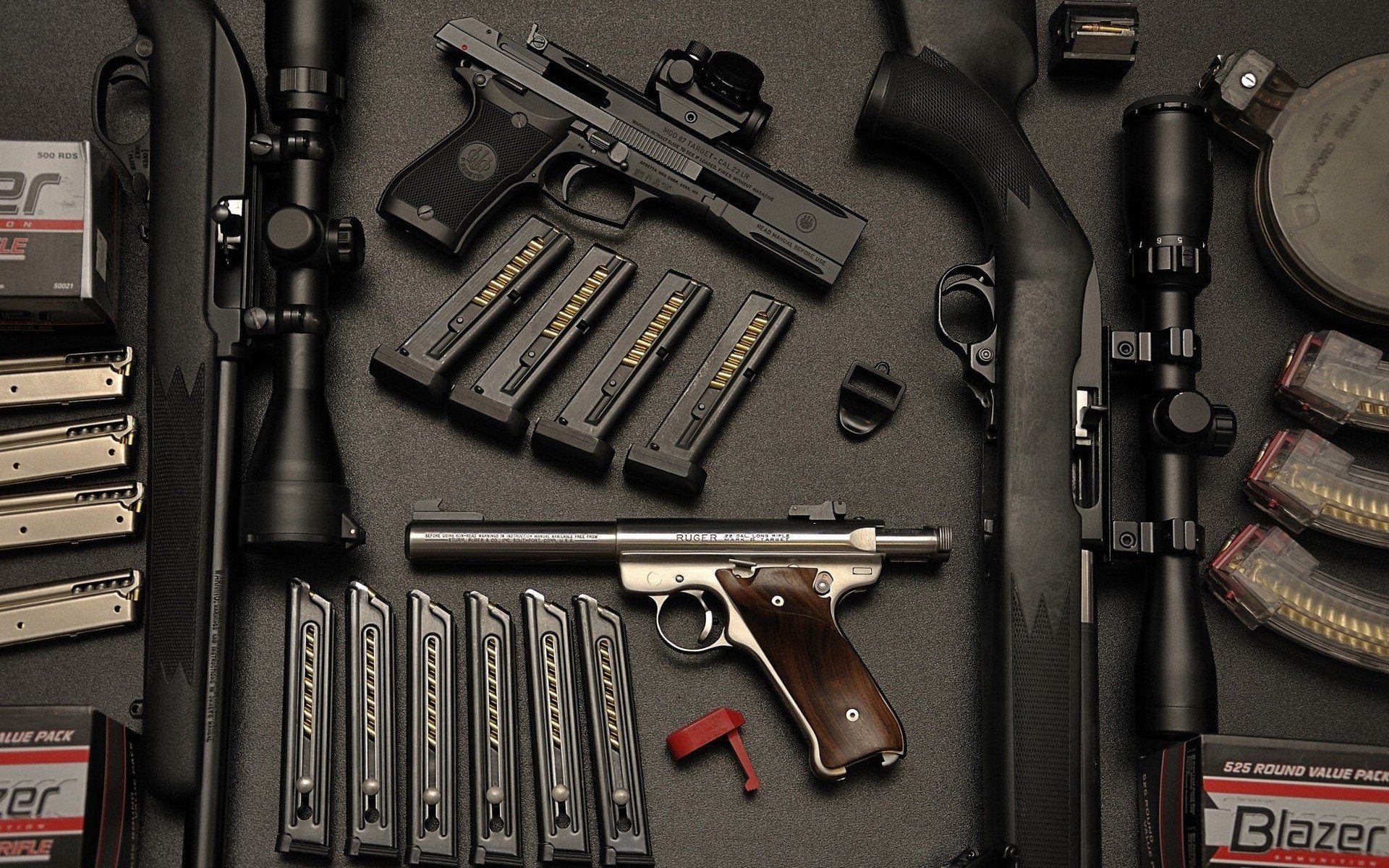Self Defense 22lr - 22 Long Rifle, or 22LR or "22" for short, is one of the oldest cartridges in the world. It was originally developed in the early 1880s and was one of the most popular cartridges in America for decades. It's great for hunting all kinds of small furry animals, it's great as a training round and is used by millions of people around the world for kicking and target practice.
But can you use the 22 to defend yourself? Will it work or should you skip all that and go with the 9mm, 380 ACP or some other cartridge? For some, the answer to this question is "yes!" The answer will come. And any talk of using 22 in self-defense is dismissed with words like "rat gun."
Self Defense 22lr

Let's start with the obvious: the 22LR is not a powerful cartridge. At its core, a typical 22LR round has a 40 grain bullet that leaves your rifle barrel at 1100 feet per second and only delivers 100 ft/lbs of force. Combine that with a 9mm round that weighs three times as much, travels at over 1100 fps and puts out over 320 foot pounds of force, and you start to see the problem with 22 self defense.
Is A 22 Pistol Any Good For Self Defense?
However, cartridge power is only one part of the self-defense equation. The most powerful handgun in the world is useless if you don't have it when you need it. Besides, having a powerful handgun that you can't shoot very well is comforting, but it will have no effect on a bad guy trying to ruin your life. After all, there might be something to the idea of using a 22 for self-defense.
Let's talk about what it looks like in practice. I live in Florida and spend some time teaching friends and neighbors how to shoot. Since I'm in Florida, a good percentage of people in the area are elderly. Their muscles and bone structure aren't what they used to be, and delivering a 9mm or 380 recoil is a bridge too far for them. Add in the force required to change the slide on most rifles and suddenly it makes more sense to use a 22 for self defense.
Despite our best efforts at this (and we have a team of people working on this every minute of the workday), ammo costs are higher than they were forty years ago. It's a good idea to use a 22 caliber handgun that you can trust and plenty of expensive rimfire ammunition because it will keep your skills sharp. At the end of the day, it's our ability to make the shot that literally makes all the difference in our lives. A gun you know how to use and are comfortable with will feel more comfortable and perform better in your hands than a gun you shoot once a year.
But don't take my word for it. The well-known weapons master Masad Ayub In his 1980 book, "Extreme in Funerals: The Role of the Gun in Personal Protection," he wrote:
Wmr Vs .22 Lr: Application Defines This Rimfire Rumble
“However, among small caliber defense cartridges alone, the (A.22) has a rightful place as a self-defense weapon. Because it's easy for gun-shy enthusiasts to shoot quickly and accurately. There's no nasty recoil or deafening blast to startle them, blindfold them, and trip the trigger. Wild shots are therefore less likely. Here is a more realistic aspect. A person who is afraid of guns cannot defend himself effectively with a gun. He can't even make a credible threat because the criminal with the gun probably knows he's not sure. The main reason most private citizens carry guns - and, for that matter, most police - is because they don't carry out these kinds of shootings. Some are simply stubborn, while others rely on magical power to throw the gun anywhere in front of him when it goes off. But the main reason is, 'I can't spend twelve dollars a month to practice!' 50. In contrast, a box of 50 .22 is slightly more than a dollar. It encourages the practice necessary for anyone seeking self-defense (against armed criminals and innocent victims of brutal shootings). New opportunities.
Remember this was written in 1980, before Glocks and bolt-on, jacketed hollow point bullets were popular. At the time, a 1911 revolver in 45 ACP or .357 Magnum was considered the best defensive handgun you could buy. But here, a legend in the trade at the time, Ayobe recommends using the .22 as a slightly more convenient option for self-defense, but still for those who can't carry a larger handgun.
A lot has changed since then. Now there are smaller 380 ACP pistols that are easier to shoot and easier to convert. In addition, modern computer models and high-speed photography have given us a better idea of how the bullets will appear when they hit the target. With all this in mind, is it a good idea to use the 22 for self-defense? Let's get together, people, people, people, people, people, people, people, people.

The biggest problem with typically using the 22 in self defense is that the round is too weak to reach the critical mass and stop the threat. To see if that's still true, we used four different 22 caliber pistols to shoot three standard 22LR cartridges through four heavy cloth casings into the ballistics gel.
Federal Personal Defense Punch .22 Lr 29 Grain Flat Nose Pd22l1
The guns in our test were a Glock 44 pistol, a Smith & Wesson 43C revolver, a Ruger LCP Lightrock pistol, and a Ruger 10/22 rifle. We shoot five rounds of each type of ammo in these guns with four ballistic gel blocks in a heavy suit. We measured the penetration of each bullet into the gel and averaged the results. We also measure the velocity of each round at the muzzle and use that to calculate the average acceleration force of each gun and ammunition combination.
The LCP light rack is similar to the Ruger LCP2, which is chambered in 22LR instead of 380ACP. The gun has a 2-inch long barrel, which means some of the ammo we test may not reach the velocities of other guns with longer barrels.
Federal Punch 22 was the winner for this part of the test. Penetrating an average of 12 inches in gel, it exceeded the FBI's minimum standard for bulletproofing, which is very high for a small 2.75-inch barrel.
The second best Winchester Silvertip penetrates 11.8 inches, just below the FBI minimum. Additionally, Silvertip bullets disintegrate upon contact with the gel, and only a small fraction of each bullet penetrates the target and reaches the critical point.
Why A .22 Lr Pocket Gun Should Not Be Underestimated
CCI mini-mags are very popular and a good choice for target shooting, pinball and small game hunting. However, when we ran them on the LCP, they got nowhere with the FBI's low entry for the defensive round.
The 43c is an eight-shot snub-nosed revolver chambered in 22LR. It has a barrel that is 1 and 7/8ths of an inch long, which also affects penetration. Federal punches performed better when fired from this gun and penetrated an average of 14.44 inches through four layers of heavy duty cloth and gel. There are only a few standard 9mm and 38 special rounds available, so the performance of this round is very special in this gun and LCP light rack.
The Winchester Silvertip round scored well with an average expansion of 12.43 inches. However, like the LCP, the round breaks up when it hits the gel, greatly reducing the number of bullets that pass through the gel. One round of Silvertip performed poorly, penetrating 9.25 inches.

A CCI Mini-Mag round shot from the 43c failed to penetrate at least 12 inches of gel. This round is very effective for many things, but short barrel self defense probably isn't one of them.
Best .22 Lr Revolvers: Complete Guide
The Glock 44 is the most popular version of the Glock 19 22LR. The 4-inch long barrel on this gun allows more movement to be fired and the bullet to exit at a higher velocity, which can cause damage.
Self defense siren, best self defense siren, self defense lawyer, 22lr for self defense, self defense liability insurance, self defense tazer, effective self defense, 22lr for home defense, original self defense siren, self defense insurance, best 22lr for self defense, wholesale self defense items
0 Comments